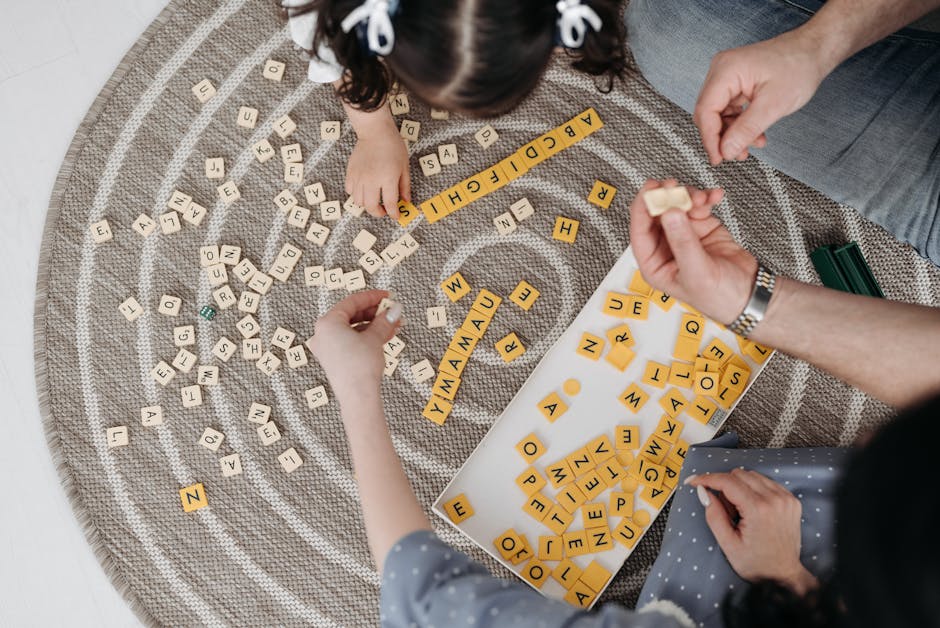Learning the Arabic Alphabet Through Stories and Tales
Embarking on the journey of learning a new language always comes with its own set of challenges and excitement. The Arabic alphabet, with its artistic script and flowing letters, is no different. But what if you could learn it through enchanting stories and tales? 📚✨ Let’s explore how narratives can make mastering the Arabic alphabet an enjoyable experience.
Table of Contents
- Why Stories? 📖
- Exploring Arabic Tales
- Interactive Learning with Stories
- Storytelling Tips for Language Learners
- Conclusion: The Magic of Stories in Language Learning
- FAQ
Why Stories? 📖
Stories have been an integral part of human culture since time immemorial. They captivate us, teach us lessons, and stick with us long after we’ve finished reading. When it comes to language learning, stories provide context and emotional engagement, making it easier to remember new characters and vocabulary. By associating each Arabic letter with a story, learners can create vivid mental images that help reinforce memory.
Exploring Arabic Tales
The Arabic language is rich with traditional tales that have been passed down through generations. From the famous „One Thousand and One Nights“ to lesser-known local folklore, each story is a treasure trove of cultural insights and linguistic richness. By reading these tales, you not only learn the alphabet but also gain a deeper understanding of the culture and history behind the language.
Interactive Learning with Stories
Interactive storytelling can transform the way you learn the Arabic alphabet. Consider these activities:
– Create flashcards with Arabic letters on one side and a snippet of a story on the other. This helps in associating the shape of the letter with a memorable plot. ✨
– Use apps or online platforms that offer Arabic stories with audio. Listening while reading enhances pronunciation and comprehension.
– Join language exchange groups where stories are read aloud, allowing you to practice and refine your skills in a supportive community.
Storytelling Tips for Language Learners
Want to create your own stories to aid your learning process? Here are some tips:
– Start simple. Create a short story for each letter of the alphabet, focusing on the sound it makes.
– Use repetition. Repeatedly encountering the same words or phrases in different contexts strengthens retention.
– Be imaginative. The more imaginative and engaging your story, the more likely you are to remember it. 🌟
Conclusion: The Magic of Stories in Language Learning
Learning the Arabic alphabet doesn’t have to be a daunting task. By weaving tales and stories into your study routine, you can transform a mundane learning experience into a journey filled with discovery and joy. So, why not take the first step and let stories guide you through the beautiful script of Arabic? 🕌✍️
FAQ
Q1: How long does it typically take to learn the Arabic alphabet through stories?
A: It varies from person to person, but many find that using stories speeds up the process. Consistent practice can lead to proficiency in a few weeks.
Q2: Can children also learn the Arabic alphabet using stories?
A: Absolutely! Children often respond very well to stories and can find the learning process both fun and engaging. 📚👶
Q3: Are there any recommended resources for Arabic tales?
A: Yes, „Kalila wa Dimna“ and „One Thousand and One Nights“ are great starting points. There are also many online resources and audiobooks available.
Q4: Is it necessary to understand the entire story to learn the alphabet?
A: No, understanding the whole story isn’t necessary. Even focusing on key phrases or sections can be beneficial for learning the alphabet.
Happy learning! 🎉🗺️






